If you are visiting Venice and want to get to know and admire the Unesco heritage sites in this region, you are in the right place. In this regard, it is worth remembering that Veneto is a region rich in Unesco heritage sites, with no less than nine sites to visit.
It is easy to start exploring these places with Venice as your base.
The capital of the Veneto, one of the most popular art cities in Italy, is served by Marco Polo airport or by Antonio Canova airport in nearby Treviso city.
Besides that, did you know that Venice and its lagoon is one of the Unesco sites in the region? For this reason, I will show you how to reach the other eight starting from Venice.
Vicenza and the Palladian villas
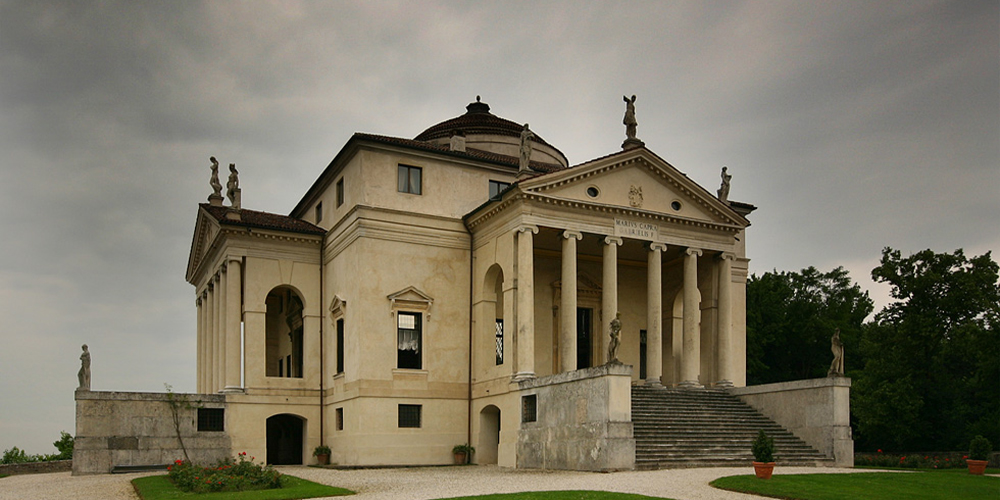
A city of great charm located almost 80 km from Venice.
It constitutes an exceptional artistic achievement mainly thanks to the Paduan architect Andrea Palladio, who proposed his architectural solutions in and around Vicenza, revolutionizing the subsequent history of the arts.
It can be reached both by car and train, leaving from the stations of Venezia Mestre and Santa Lucia in just over an hour.
If, on the other hand, one wants to reach Villa La Rotonda, one can use bus 8, direction Debba or Lumignano, from Vicenza's central station.
Verona City
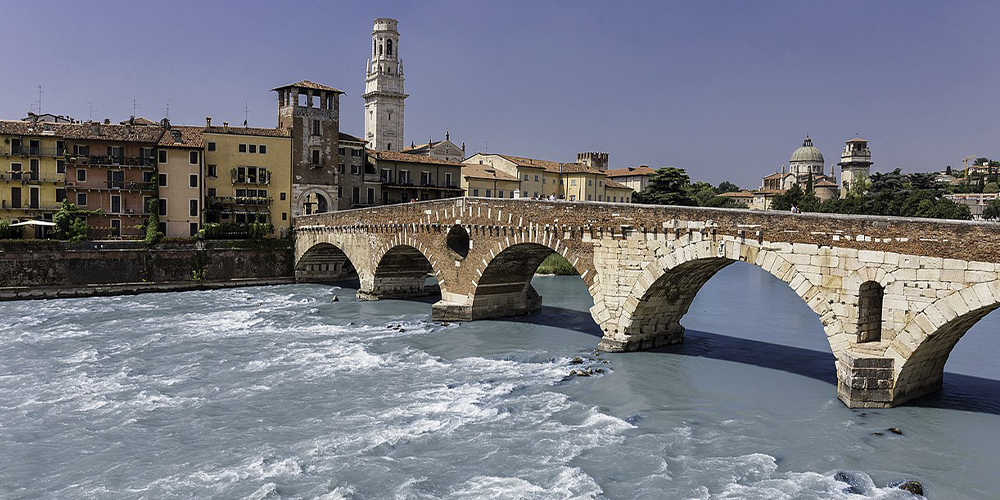
An unquestionably beautiful city that retains several Roman remains such as the Arena of Verona, the Roman Theatre, the Ponte Pietra bridge, the Gavi arch, Porta Leoni and Porta Borsari, and that boasts museums, historical buildings, churches, and ancient streets.
A combination of art and architecture and a city with an urban layout on a human scale, full of beautiful squares and crossed by the Adige river. Verona and Venice are extensively connected by both regional trains and high-speed trains and can be reached in an average of one hour. Even by car, the journey takes just over an hour, using the A57 and A4 motorways. Have a good trip!
14th-century frescoes in Padua
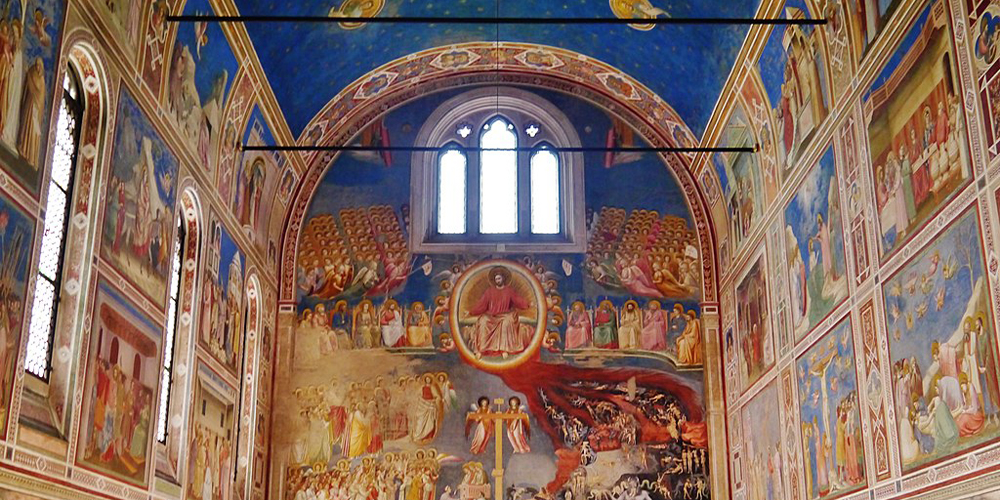
The city of Padua, located about 40 km from Venice, is also known for having two UNESCO World Heritage Sites, one of the very few cities in the world to have more than one, along with Cordoba (Spain), Beijing, Moscow, and even tiny Tivoli.
In 2021, the 14th-century fresco cycles, painted between 1302 and 1397 by various artists, were recognized as a World Heritage Site. Not only the Scrovegni Chapel, painted by Giotto but also the Church of the Eremitani, the Palazzo della Ragione, the Loggia dei Carraresi, the Complex of the Basilica of St. Anthony of Padua, the cathedral baptistery and the oratories of St. George and St. Michael.
Padua is easy to reach by train, and the journey can take between 28 and 48 minutes, depending on whether you choose regional or high-speed trains.
Botanical Garden of Padua
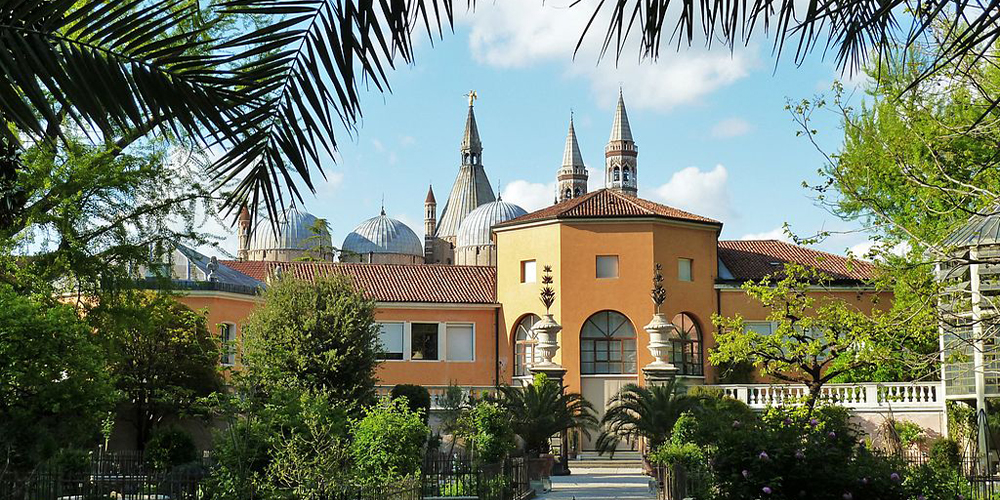
In addition to the 14th-century frescoes, In Padua, you can find the oldest botanical garden in the world. It was built in 1545 and used for the cultivation of medicinal plants. Today, most of the plants and gardens still respect the original location. Even though there are no official sources on the design of the Horto medicinale, several studies confirm the involvement of the architect Andrea Moroni from Bergamo, former author of the Palazzo Bo, the historical seat of the University of Padua.
It is easy to reach the garden from Venice by train, taking the tram from Padua's central station and getting off at the 'Santo' stop.
The Prosecco Hills
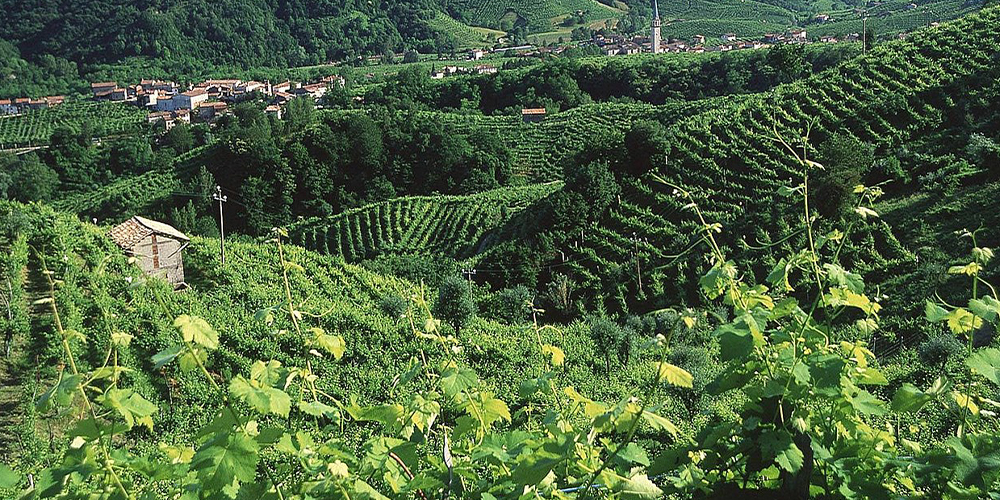
Prosecco is one of Italy's best-loved white wines and the most widely exported abroad. Farmers produce the prosecco in the province of Treviso. We are on the hills of the municipalities of Valdobbiadene, Vittorio Veneto, and down to Conegliano, lands extend over 10,000 hectares of the rural landscape, characterized by grassy terraces, hills, and small woods.
It is here that born the Conegliano Valdobbiadene Prosecco Superiore DOCG. A wine unique in the taste of its floral and slightly fruity scents and recognizable by its typical straw-yellow appearance and greenish hues.
If you plan to visit the hills, you can leave by Italian regional trains from either Venezia S. Lucia or Venezia Mestre and get off at the stations of Conegliano, Vittorio Veneto, Montebel-luna, Bassano del Grappa and Cornuda.
Venetian defense works - "Peschiera del Garda"

As you may know, before the birth of the Italian state, Venice was the capital of the Maritime Republic of the same name that encompassed much of north-eastern Italy, Istria, Dalmatia, and part of the coast of Montenegro and Albania. It was an enormous territory that required complex military fortifications to protect its borders.
In 1997, these infrastructures, present in several states, were declared World Heritage Sites by Unesco. In Veneto, however, there is today only the fortified town of Peschiera del Garda, located on the south-eastern shore of Lake Garda, the largest in Italy. You can reach Peschiera by train in just over an hour and a half. The journey time is similar by car, crossing the A57 and A4 motorways and exiting at the 'Peschiera' exit.
Pile-dwelling sites in the Alps
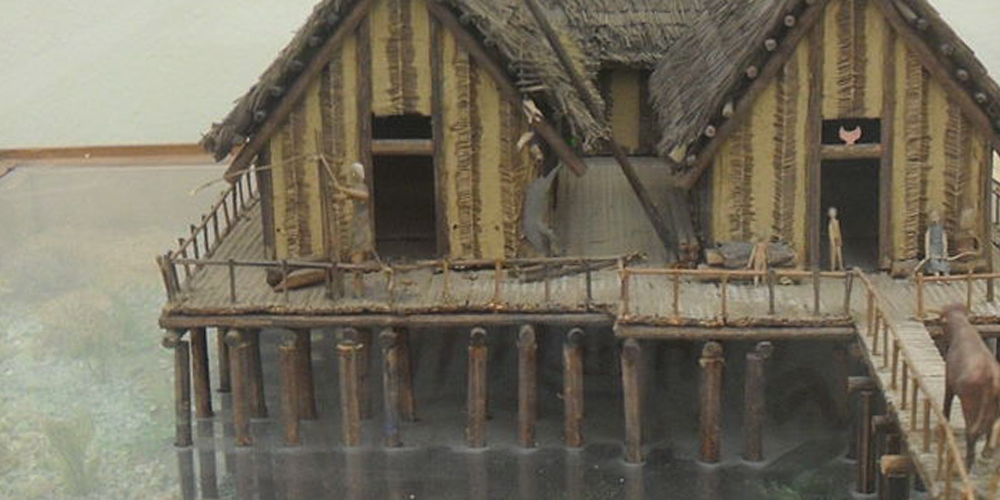
A transnational heritage shared with Switzerland, France, Germany, Austria, and Slovenia.
Over 100 archaeological sites together reconstruct the origins of the history of human civilization.
Four of these are located in Veneto and are the Belvedere and Frassino pile-dwelling sites in Peschiera del Garda, the latter of which can be reached by bus from Peschiera (line LN026). The Tombola site in the municipality of Cerea in the province of Verona can be reached on foot from Cerea station, about a 2-hour journey from Venice. Finally, the Laghetto della costa site in the municipality of Arquà Petrarca.
The Dolomites
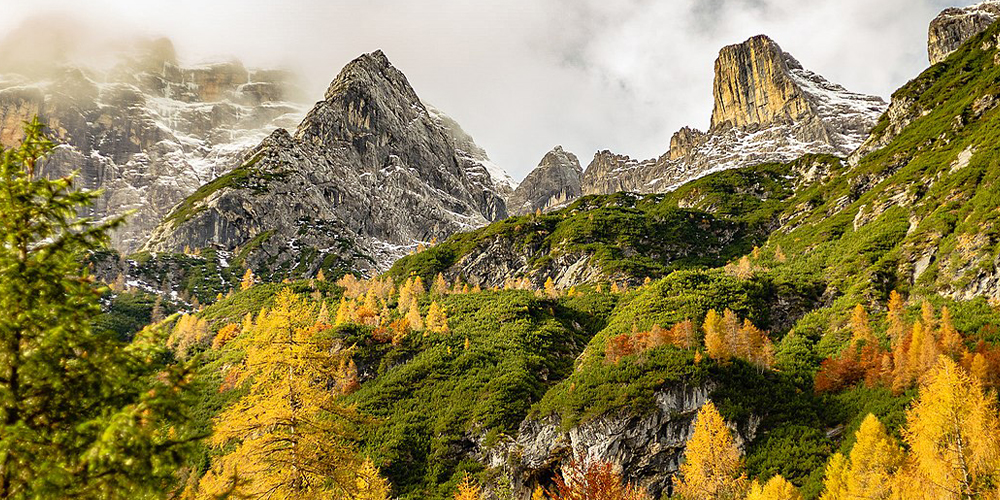
An incredible place from a geological-naturalistic point of view, capable of welcoming enthusiasts and tourists thanks to the presence of ski resorts.
Famous for the beauty of its unique panoramas and the colors that fade into pink, characteristic of these mountains.
To reach them from Venice, we suggest you take the train to Calalzo di Cadore, a small village at the foot of Mount Antelao, and then continue by bus to the famous resort of Cortina d'Ampezzo, the pearl of the Dolomites. Instead, if you are traveling by car to Cortina, (always chosen as an example of a landing place in the middle of the Dolomites), you will have to drive for about two hours (about 150 km), sailing north on the A27 to the Cadore-Dolomiti/Cortina exit and then take State Road 51 to Cortina. The landscape will leave you breathless. All you have to do is start!










Lascia un commento